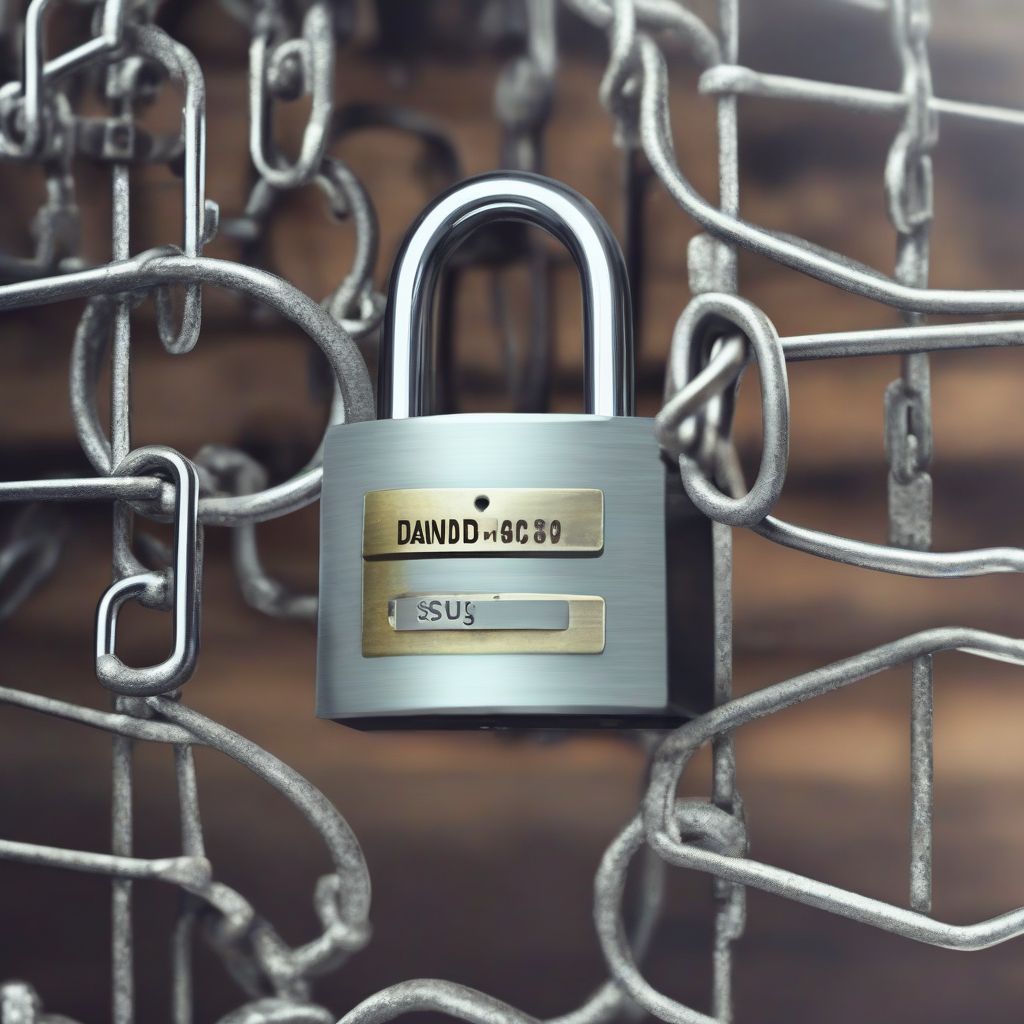In the digital age, a domain name is more than just an online address; it’s your brand’s identity, a valuable asset that needs robust protection. Failing to prioritize domain security can lead to devastating consequences, including financial losses, reputational damage, and even legal complications. This guide will delve into the essential practices to effectively secure your domain name and safeguard your online presence.
Understanding the Importance of Domain Name Security
Imagine losing control of your website because someone hijacked your domain name. This scenario, unfortunately, is a harsh reality for many individuals and businesses that neglect domain security. Here’s why securing your domain name is non-negotiable:
- Preventing Domain Hijacking: Cybercriminals can seize control of your domain, redirecting traffic to malicious websites, stealing sensitive data, and extorting money to regain access.
- Maintaining Brand Reputation: A compromised domain can erode customer trust and damage your brand’s hard-earned reputation.
- Avoiding Business Disruption: Losing access to your domain means losing access to your website and email, causing significant disruptions to your operations.
 Secure Domain Illustration
Secure Domain Illustration
Proactive Measures to Secure Your Domain Name
Fortunately, implementing robust security measures can significantly mitigate the risk of domain-related threats. Here are the critical steps to take:
1. Choose a Reputable Domain Registrar
The first line of defense is selecting a reputable domain registrar that prioritizes security. Look for registrars offering features like:
- Two-Factor Authentication (2FA): Adds an extra layer of security by requiring a second verification factor beyond your password.
- Domain Privacy and Protection: Shields your personal information from public WHOIS databases, making it harder for attackers to target you.
- DNSSEC (Domain Name System Security Extensions): Verifies DNS responses to ensure users are directed to the correct website, preventing DNS spoofing attacks.
2. Use a Strong and Unique Password
A weak password is an open invitation for hackers. Create a strong password for your domain registrar account and email associated with your domain. Remember these tips:
- Use a mix of upper and lowercase letters, numbers, and symbols.
- Aim for at least 12 characters.
- Avoid using easily guessable information like birthdays or common phrases.
- Consider using a password manager to generate and store strong, unique passwords.
3. Enable Two-Factor Authentication (2FA)
Whenever available, enable 2FA on your domain registrar account and any other services linked to your domain. 2FA adds an additional layer of security, requiring a unique code from a separate device to log in.
4. Be Wary of Phishing Scams
Phishing emails and websites attempt to trick you into revealing sensitive information like your domain login credentials. Be cautious of unsolicited emails requesting personal information or urging you to click suspicious links.
5. Keep Your Contact Information Updated
Ensure your contact information with your domain registrar is always current. This way, you’ll receive important notifications about your domain and can quickly respond to any potential issues.
Frequently Asked Questions About Domain Name Security
Q: What is domain hijacking, and how does it happen?
Domain hijacking, also known as domain theft, occurs when an attacker gains unauthorized control of your domain name. This can happen through various methods, such as exploiting vulnerabilities in your registrar account, using social engineering techniques, or taking advantage of expired domain names.
Q: How can I tell if my domain name is secure?
You can check the security status of your domain by looking for security features offered by your registrar, like 2FA and DNSSEC. You can also use online tools to scan your website for vulnerabilities and check if your domain is blacklisted.
Q: What should I do if my domain name gets hijacked?
If you suspect your domain has been hijacked, immediately contact your domain registrar. They can guide you through the process of regaining control of your domain. You should also report the incident to the appropriate authorities.
Conclusion
Securing your domain name is paramount in today’s digital landscape. By taking proactive steps to implement robust security measures and staying informed about potential threats, you can effectively protect your online presence and ensure the integrity of your brand. Remember, a little vigilance goes a long way in securing your valuable digital assets.